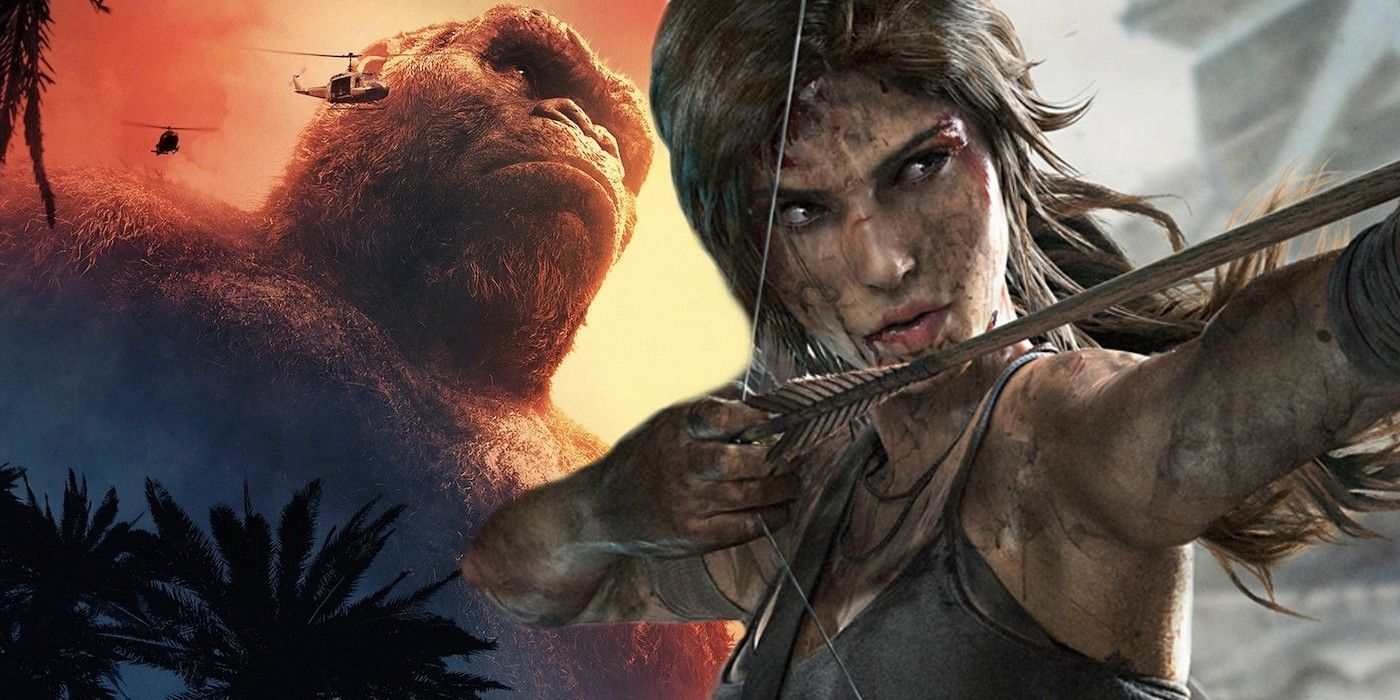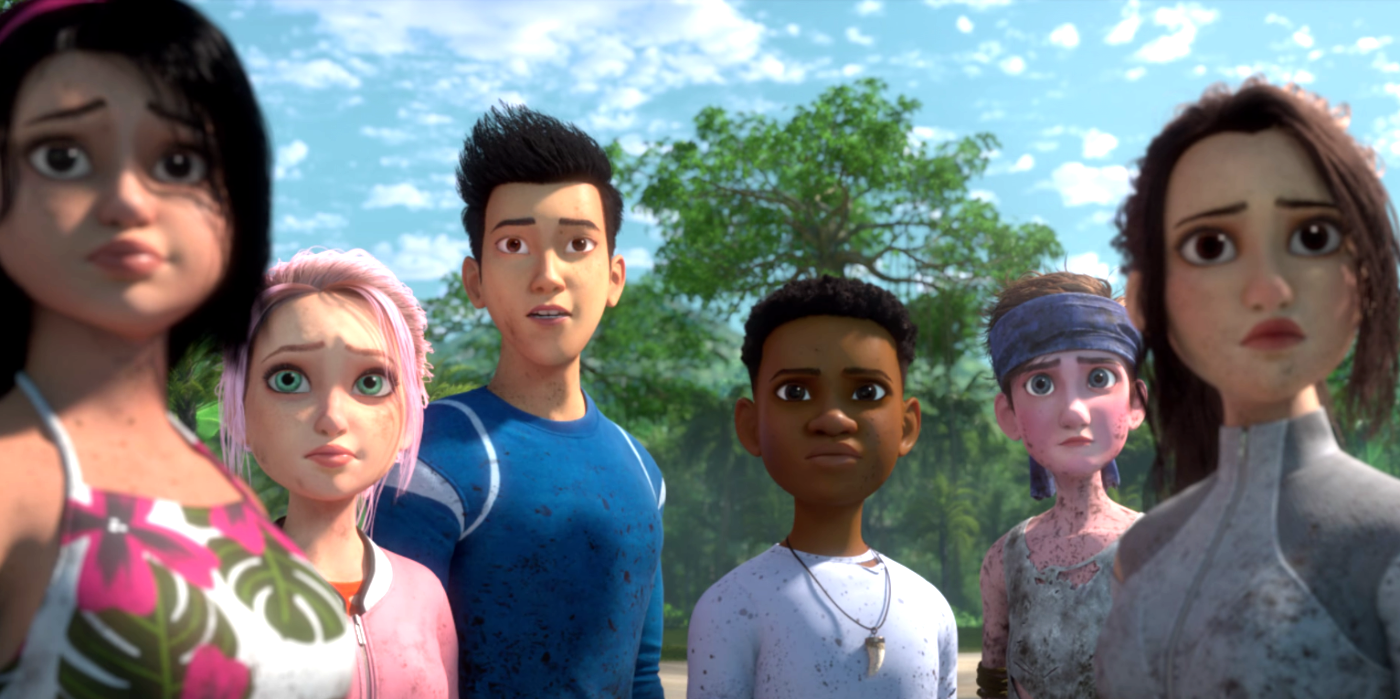What's behind the sudden explosion of animated spinoffs based on major franchises? Much has been said of Hollywood's predisposition to produce sequels upon sequels and reboot popular franchises from decades past, but now studios are finding a new way to eke out their most valuable properties - animated spin-offs. The Jurassic World story has branched out with the acclaimed Camp Cretaceous on Netflix, and Marvel's upcoming Disney+ slate includes the What If...? collection of one-shots. Plenty more are in the pipeline too. Skull Island will expand the MonsterVerse movie franchise, and Lara Croft will be switching from live-action back to pixels. An animated Game of Thrones offering is one of several spinoffs making the trip from Westeros, Star Trek: Prodigy brings back Captain Janeway and The Witcher is getting a cartoon prequel movie.
This incoming raft of projects marks a dramatic shift for animation as an art form. Once upon a time, adapting a live-action franchise into animation was either a soulless cash-in attempt or a move to attract a younger audience. Now, however, big money is being pumped into animated TV shows, and none of aforementioned spinoffs are what you'd describe as "for the kids." Why has animation suddenly become the en vogue route for behemoths of film and TV?
Arguably, this is an inevitable consequence of the so-called streaming wars. After years of Netflix dominance, streaming platforms are rapidly becoming the most popular way to consume TV, with Amazon Prime, Disney+ and HBO Max all making headway through high profile releases. The biggest weapons these services all possess are well-known franchises with proven track records of success, which is why we're seeing HBO Max revive Friends, and Disney+ churn out a dozen different Star Wars shows. It's also no coincidence that virtually all of the animated spinoffs announced over the past 2 years are coming to the major streaming platforms - Skull Island, Tomb Raider and The Witcher will join Camp Cretaceous on Netflix, Game of Thrones is a HBO Max exclusive, etc. Volume is far more important in the streaming world than for traditional television. There's only so many network TV slots to go around, but the more content a streaming service can offer their subscribers, the better. Animation helps these services use recognizable brands to the fullest possible extent and, of course, COVID-19 has made on-set filming utterly impractical for the foreseeable future.
The benefit of the animated spinoff is that streaming services can broaden their big-name content without treading on the toes of the live-action originals - and usually at a lower cost. The more projects exist simultaneously under a single franchise umbrella, the more the overall brand risks being diluted. This phenomenon can be seen with The Walking Dead and its three current live-action shows. But the medium of animation offers natural separation. Jurassic World fans can enjoy Camp Cretaceous as both a show in its own right and an extension of the wider dinosaur universe, but those who find no merit in the spinoff can easily stick to live-action. A poorly-received animated spinoff is far less likely to damage the brand than a live-action one.
Creatively, animation opens avenues that aren't always practical in a real-world setting. Whether it's the exotic locale of Skull Island, the epic scale of Westeros, or the monstrous fell beasts of The Witcher, the cartoon world is far less limiting to the imagination than live-action filming might be, allowing fresh, exciting stories to be told. Star Trek: Lower Decks took full advantage of these freedoms with bright alien worlds, returning characters, and a holodeck episode.
To understand the new trend of animated spinoffs, it's also worth examining changing attitudes towards the medium in general. Traditionally, western audiences have viewed cartoons as a childish endeavor, while other cultures (the Japanese especially) animate all manner of stories. This philosophy has now migrated onto western shores, with adult markets more accepting of the idea that cartoons aren't always for youngsters. The enduring popularity of Star Wars: The Clone Wars (and subsequent runaway success of The Mandalorian) is a perfect example of how animation can enhance an existing franchise in a way that fans across the spectrum can appreciate. The coming years will reveal how many other brands can get a slice of that action?


